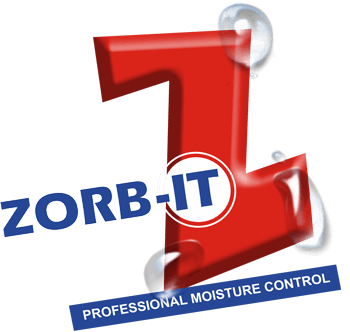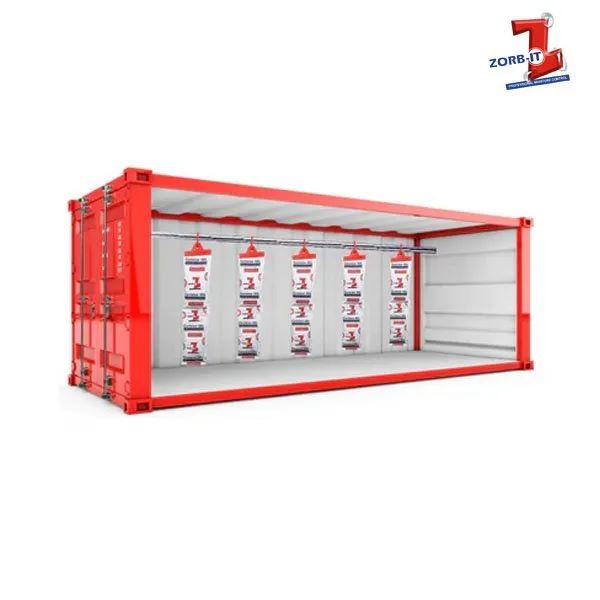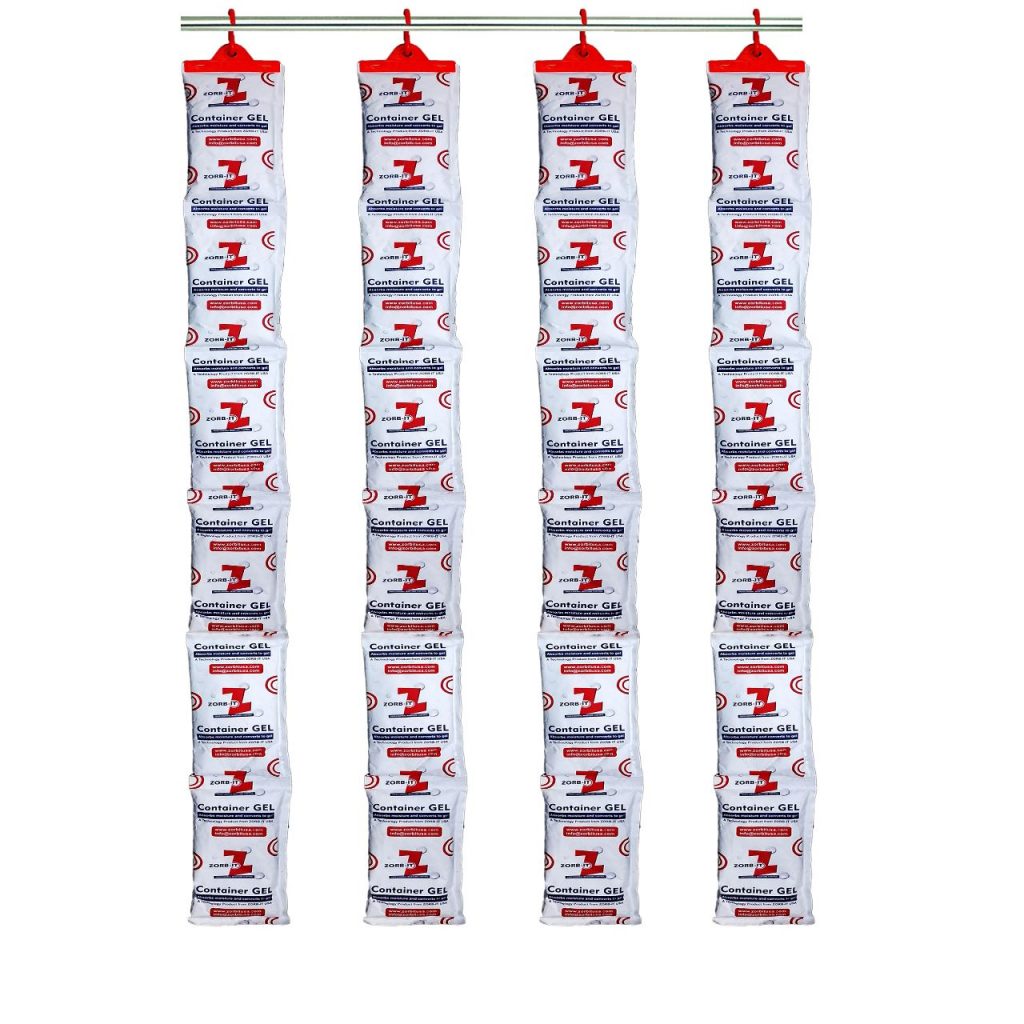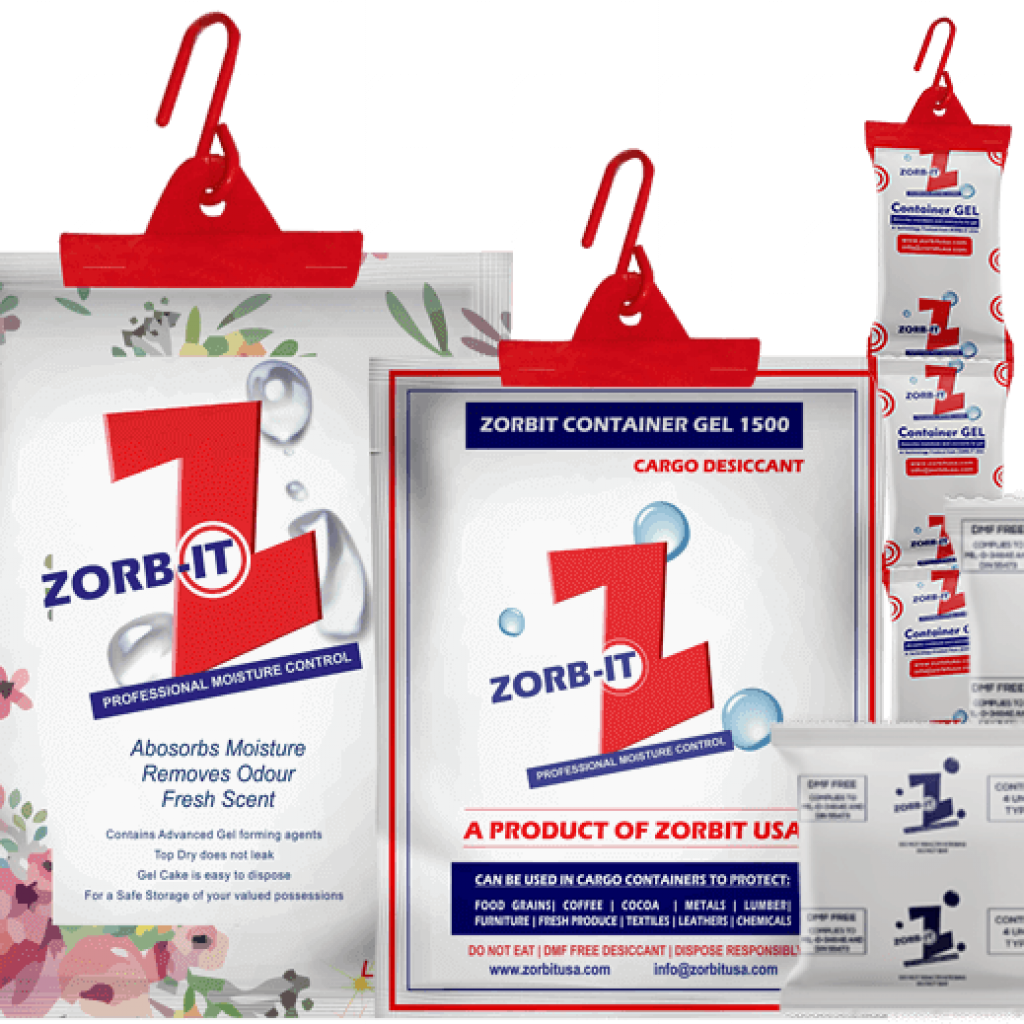Can Silica Gel release back moisture?
Silica gel is a granular, porous, and amorphous form of silica, a naturally occurring mineral. It is synthetically produced by reacting sodium silicate and sulfuric acid, which creates a gel-like substance. The gel is then washed with water and dried to produce silica gel beads.
The size of silica gel beads can range from 0.5 to 2.0 mm, and they come in different colors, such as blue, orange, and white. The color of silica gel indicates its moisture absorption capacity, with blue being the most absorbent and white being the least.
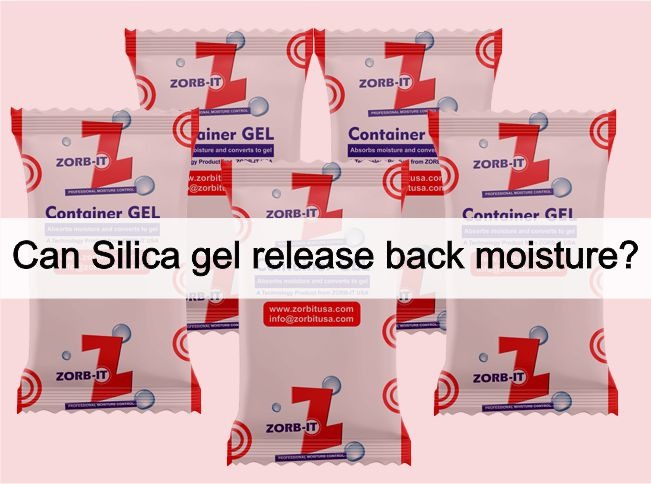
How Does Silica Gel Absorb Moisture?
Silica gel absorbs moisture through a process called adsorption. It is different from absorption, which is the process of liquids being taken up by solids like a sponge. Adsorption is the adhesion of molecules to the surface of the adsorbent material.
Silica gel beads have a large surface area and numerous tiny pores that attract water molecules. When exposed to high humidity, the silica gel beads adsorb moisture, which fills up the pores and spaces between the beads. As a result, the relative humidity in the surrounding environment decreases, which helps to prevent damage caused by moisture.
Can Silica Gel Release Back Moisture?
Silica gel can release moisture back into the environment, but it depends on the conditions. Silica gel is designed to absorb moisture, not to release it. However, when the silica gel becomes saturated, it cannot absorb any more moisture, and it reaches equilibrium with the surrounding environment.
At this point, silica gel will not release any moisture back into the environment unless the relative humidity drops below the level of equilibrium. For example, if you take a saturated silica gel packet and place it in an area with low humidity, the silica gel will start to release moisture.
However, if the surrounding environment has high humidity, the silica gel will not release any moisture because it is already in equilibrium with the environment. In this case, you need to recharge the silica gel by heating it to a high temperature, which drives off the absorbed moisture and restores its adsorption capacity.
How to Use Silica Gel Effectively?
Silica gel is a versatile and effective desiccant that can protect your valuable items from moisture damage. Here are some tips on how to use silica gel effectively:
Choose the right size and color of silica gel for your application. For example, blue silica gel is suitable for high-humidity environments, while white silica gel is ideal for dry environments.
Use enough silica gel to absorb the moisture in the environment. A general rule of thumb is to use 5-10 grams of silica gel per cubic foot of space.
Keep silica gel packets in airtight containers or packaging to prevent them from being exposed to high humidity.
Check the silica gel regularly and recharge or replace it when it becomes saturated.
